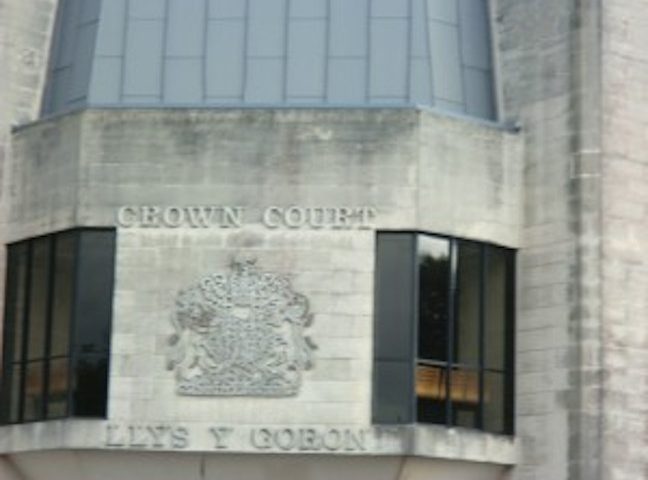
An Exceptional Injustice (Part 2) Resolution
September 22, 2014Hopes
It was and remains an exceptional case – one that offered a rare opportunity to change the criminal justice system. We still believe that we were right to highlight it and its potential. Our quest to improve the lives of a neglected group of disadvantaged people – victims of miscarriages of justice – by highlighting what went wrong and how miscarriages of justice could be combated began in earnest in July 1998 when we published Satish Sekar’s acclaimed book Fitted-In:The Cardiff 3 and the Lynette White Inquiry, which can still be obtained by contacting us to order it.
We hoped that it would stimulate debate on several areas of law and result in major policy changes that would improve the performance of the criminal justice system as a whole and benefit society by helping to correct miscarriages of justice speedily, or even prevent them from happening. It was also important to us to highlight the hidden problems, thereby preventing both the emotional devastation of the lives of innocent people and their families and also the financial burden of justice miscarrying.
It soon became clear that while it had achieved a lot, it had still not fulfilled its potential and that The Fitted-In Project was still needed both to highlight failings within the criminal justice system and suggest solutions, but also that it had to develop further means of achieving that. We established structures and invited Trustees on board and developed projects and activities to achieve our aims and objectives (details of which can be seen in Projects and Activities.
We were proud that we published Sekar’s book – a relentless demolition of a deeply flawed case. Fitted In remains the only publicly available analysis of what went wrong. There were many lessons to learn, but not just by police. This was one of the obvious flaws with the process of investigating what went wrong in the Lynette White Inquiry – a process that ended badly with the collapse of the Lynette White Inquiry Police Corruption Trial as it was named in December 2011.
That process looked for criminal conduct and failed to secure co-operation that may have been useful in terms of learning lessons. It also had no remit to review conduct that fell below the criminal standard. To date, there has been no effective or independent review of this extraordinary case that could have developed vitally needed safeguards throughout the criminal justice system and all mainstream media have failed to grasp its significance, preferring to trumpet themselves rather than inform the public of a national scandal. The void, unfortunately, has been left to us to fill without the resources they possess, but this remains the difference-making case and one that we are committed to helping achieve its potential both nationally and internationally with or without mainstream media.
The Crown Prosecution Service (CPS) should never have prosecuted the Cardiff Five (Yusef Abdullahi, John Actie, Ronnie Actie, Stephen Miller and Tony Paris) and safeguards had failed repeatedly. The sorry tale is detailed in Sekar’s book, but this was a crusade for lessons to be learned by the whole criminal justice system as well as trying to bring the real killer to justice if possible. Sekar demanded history be made against the odds.
He assured us that despite the errors made in the original inquiry, the murder of Lynette White could still be solved and that DNA testing would be crucial in this process and that it was essential to improving the criminal justice system that the Cardiff Five be vindicated. We decided that this story had to be told and to back his vision on that case. It helped us to develop our activities and projects to benefit others as well. In July 1998 we published his book. Even we were surprised by its impact (see Reviews and Appreciations).
Continue to Exceptional Injustice P.2




